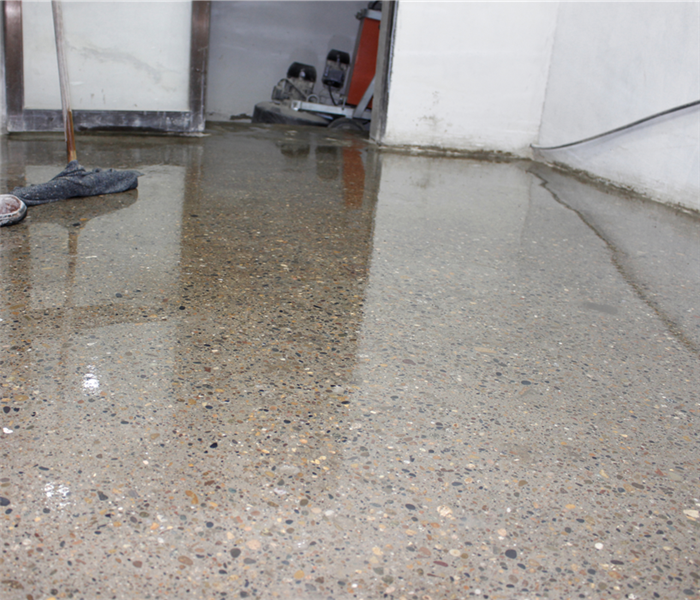Storm Preparedness: How to Keep Water Out of Your Building and Prevent Costly Water Damage
6/15/2023 (Permalink)
Storms can bring about a lot of damage, especially to buildings that are not prepared for heavy rain or flooding. Water damage can be very costly to repair, and it's important to take preventative measures to avoid it. Here are some tips on how to keep water out of your building during or after a storm.
Check Your Roof
The roof is the first line of defense against water damage. If your roof is old or damaged, it can easily leak during a storm. Check your roof for missing or damaged shingles, cracks, and other signs of wear and tear. Make sure your gutters are clear of debris and are functioning properly, so water can flow away from your building.
Seal Any Cracks or Gaps
Water can seep in through even the smallest of cracks and gaps. Check your building for any openings around windows, doors, and walls, and seal them up. Use caulk, weatherstripping, or sealant to keep water out.
Invest in Sandbags
If your building is in a flood-prone area, consider investing in sandbags. Sandbags can be stacked around your building to create a barrier against floodwaters. Be sure to place them around any doors or windows to prevent water from entering.
Install a Sump Pump
A sump pump is a device that is used to remove water that has accumulated in a basement or crawl space. It is typically installed in a pit or well that is dug in the lowest part of the basement or crawl space. A sump pump will automatically turn on and pump water out of your building when the water level rises.
Elevate Your Appliances
If you have appliances in your basement or on a lower level, elevate them off the ground. This will help prevent them from getting damaged in the event of a flood. You can use cinder blocks or other sturdy materials to raise them off the ground.
Monitor Weather Reports
Keep an eye on weather reports and take action if a storm is expected to hit your area. Move valuable items to higher ground or away from windows, and make sure your sump pump is working properly.
By taking these steps, you can help prevent water damage to your building during or after a storm. However, if your building does experience water damage, it's important to act quickly. Contact a professional restoration company like SERVPRO to mitigate the damage and restore your building as quickly as possible.

 24/7 Emergency Service
24/7 Emergency Service
